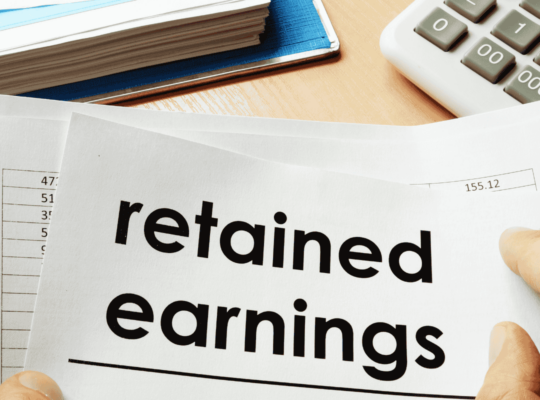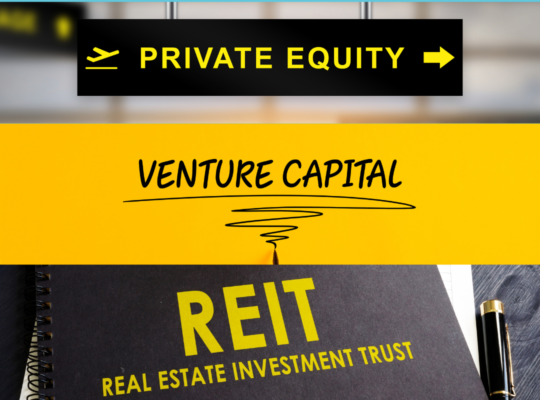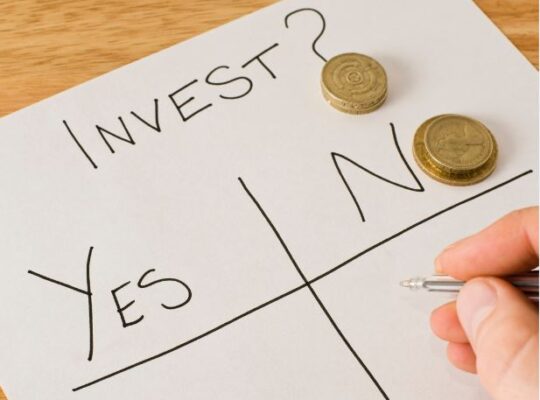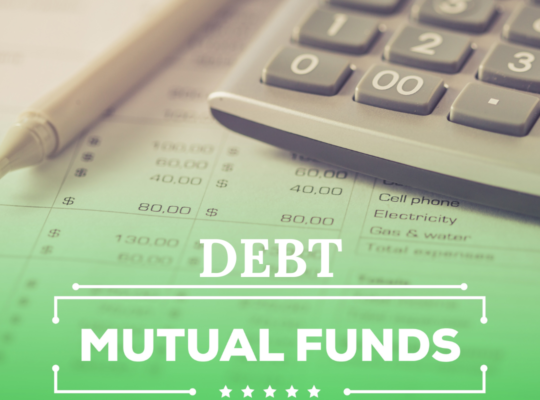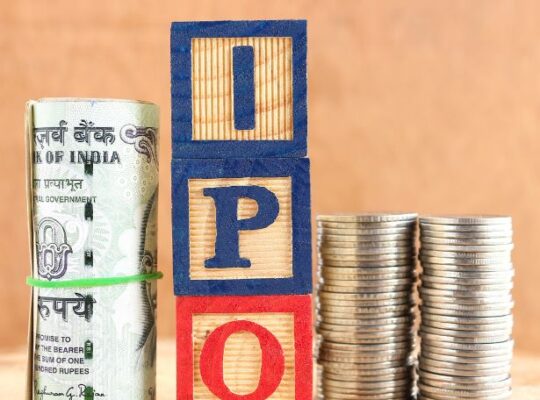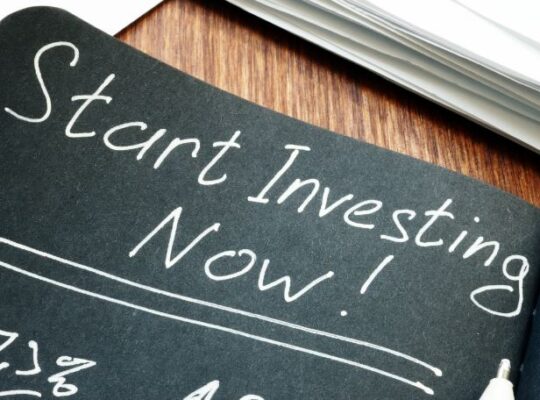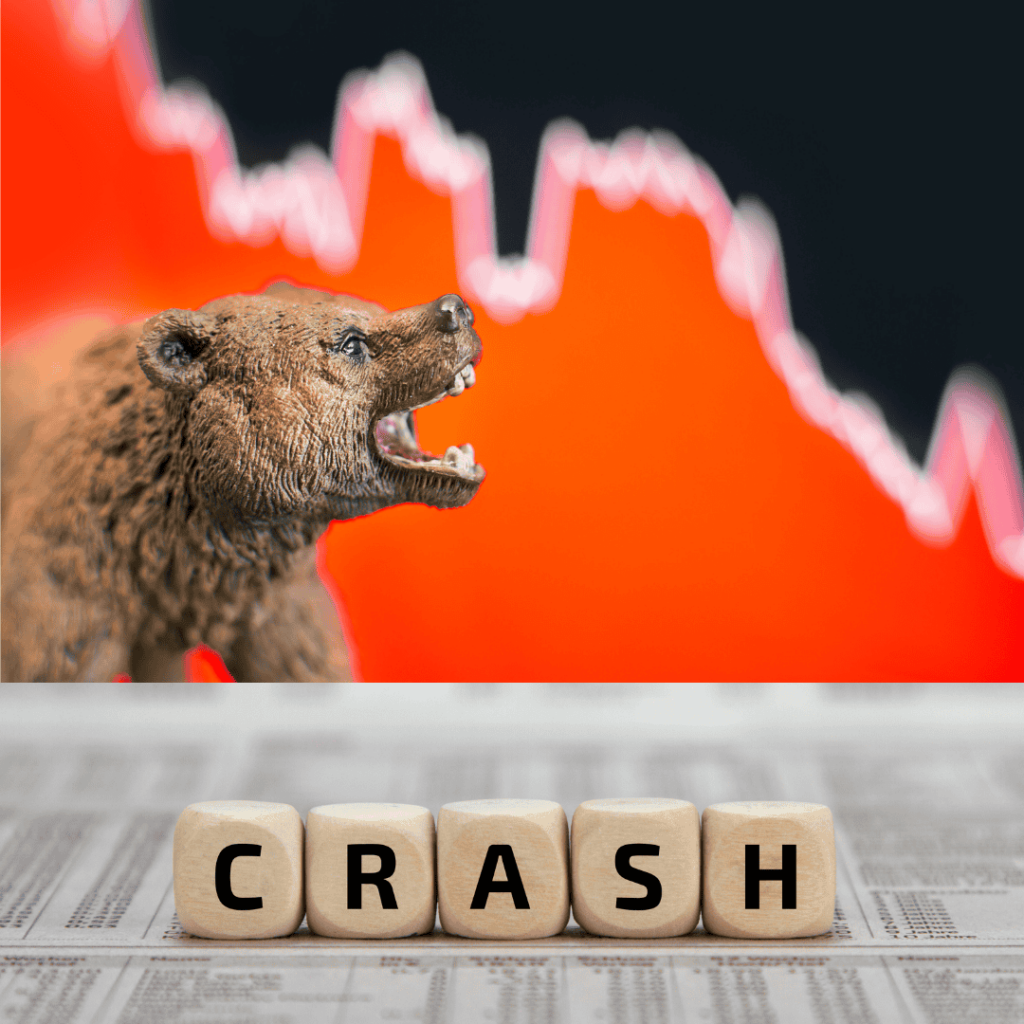
In the world of investing, you might often hear people talk about a “market bubble.” This term describes a situation in which the prices of stocks or other assets rise far beyond what their real worth would suggest. In simple terms, a market bubble happens when investors push prices up by buying based on hopes of quick gains rather than a company’s solid performance or long-term potential. When reality sets in and these inflated prices no longer seem justifiable, the bubble bursts, often leading to rapid and steep declines in asset values.
In this blogpost, we will see what market bubbles are, have a look at the historical examples from around the world, describe the phases that bubbles typically go through, and discuss ways that you might recognize one before it bursts. By the end of this blogpost, you’ll have a clear picture of how to spot dangerous market conditions and the strategies you can use to protect your investments.
Table of Contents
What exactly is a Market Bubble?
A market bubble occurs when the prices of investments, such as stocks or real estate, are driven by extreme investor enthusiasm rather than the underlying financial health of the companies or assets. In a bubble, the value of an asset is not supported by its earnings, revenue, or the long-term prospects of the business. Instead, prices rise because many people believe that they will continue to climb. This type of speculation creates a self-reinforcing cycle: as more investors buy in, prices go up further, attracting even more buyers.
The problem arises when there is a disconnect between price and value. Initially, the high demand can seem like a sign of a robust market, but as prices become detached from economic reality, the situation becomes unstable. Once investors start to doubt that prices can continue to rise, they rush to sell. This mass selling causes a rapid decline, sometimes wiping out much of the investment’s value in a very short time.
Lessons from History: Real-World Market Bubbles
Throughout history, there have been several famous bubbles that serve as examples of what can happen when speculation outpaces reality. Let’s explore some of these cases.
1. The South Sea Bubble
Back in the early 1700s, a company known as the South Sea Company became the centre of one of history’s first major market bubbles. This company was granted exclusive rights to trade with parts of South America, and many people believed that it would bring enormous wealth. Investors rushed to buy the company’s shares, pushing their prices sky high.
Even a great mind like Sir Isaac Newton became involved. Initially, Newton made some smart investments and earned a profit, but later he became so enthusiastic about the rising prices that he invested a large portion of his wealth. When the bubble finally burst in 1720, many, including Newton, suffered severe financial losses. His later regret, often paraphrased as his inability to understand the unpredictable nature of human behaviour, highlights the dangers of investing based solely on hype.
2. The Dutch Tulip Mania
One of the earliest recorded bubbles happened in the 1630s in Holland during what is now known as the “tulip mania.” At that time, the price of tulip bulbs soared dramatically, sometimes increasing by more than twenty times in a matter of months. Many people from all walks of life became involved, with some bulbs costing as much as a house. However, the enormous surge in prices was not based on the actual value of the tulips, and when the bubble finally popped, prices collapsed by nearly 99 percent. The tulip mania remains one of the most famous examples of a market bubble driven entirely by speculative frenzy.
3. Japan’s Real Estate and Stock Market Bubble
Fast-forwarding to more modern times, Japan experienced a dramatic bubble during the 1980s. In response to a rapid appreciation of the yen, the government introduced policies aimed at stimulating the economy. Instead of stabilizing the situation, these measures led to excessive speculation in both the stock and real estate markets.
From 1985 to 1989, stock prices and land values in urban areas, especially Tokyo, increased dramatically. At one point, the value of prime real estate in Tokyo was said to be greater than that of vast regions in other countries. However, by 1991, the bubble burst. The ensuing deflation and economic stagnation left Japan in what many refer to as the “Lost Decade.” This example shows how even well-intentioned policies can sometimes contribute to unsustainable market conditions.
4. The Dot-Com Bubble
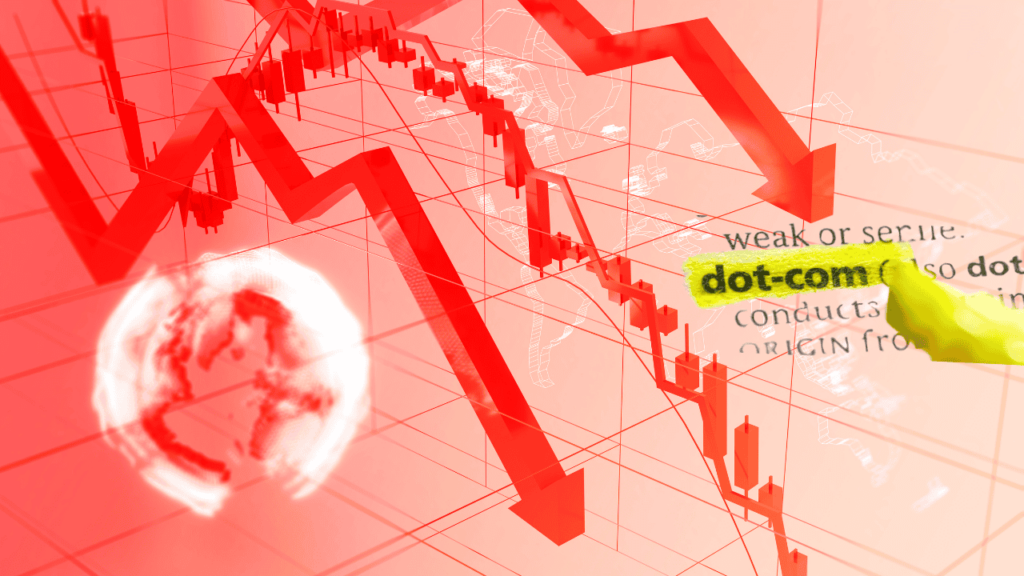
During the 1990s, the rise of the internet sparked a massive wave of enthusiasm for technology companies. Investors poured money into startups that promised to change the world, often without solid business plans or proven revenues. The NASDAQ Composite index, which largely represented these technology firms, climbed from around 750 points to over 5,000 points by March 2000.
However, much of this growth was based on speculation rather than actual profits. When the market eventually corrected itself, the index fell dramatically, resulting in a severe downturn for many dot-com companies. It took well over a decade for the market to recover and for investors to regain confidence in technology stocks.
5. The U.S. Housing Bubble
After the collapse of the dot-com bubble, many investors turned their attention to real estate, believing that property was a safer and more reliable investment. Between 1996 and 2006, home prices in the United States nearly doubled. However, a closer look reveals that much of this price increase was driven by risky lending practices, mortgage fraud, and speculative buying, such as rapidly flipping houses for profit.
The peak of this bubble came in 2006, and soon after, prices began to fall sharply. By 2009, the average home had lost about one-third of its value. The bursting of the housing bubble not only affected homeowners but also had a domino effect on the financial system, leading to a global recession that many consider the worst since the Great Depression.
The Life Cycle of a Market Bubble
Market bubbles typically develop in phases, each with its own characteristics and warning signs. Understanding these phases can help investors identify when a bubble might be forming or is about to burst.
1. The Quiet Build-Up (Stealth Phase)
During the early stages of a bubble, changes in the market occur slowly. Few investors notice the gradual increase in asset prices because the underlying economic indicators still appear normal. However, a small group of perceptive investors may begin to recognize early opportunities. At this point, the growth is subtle, and the market appears calm.
2. Growing Recognition (Awareness Phase)
As more investors catch on, prices begin to move more noticeably. The market starts to attract attention, and more people start investing based on the belief that prices will continue to rise. During this phase, investment flows increase, and small price gains can snowball into larger movements. Occasionally, minor corrections may occur, but the overall trend remains upward as optimism grows.
3. Peak Excitement (Mania Phase)
When the bubble reaches its peak, almost everyone seems to be talking about the market. Media reports, expert opinions, and word-of-mouth stories all celebrate the rapid gains. Investors—ranging from seasoned professionals to complete beginners—jump into the market, often with little regard for the underlying fundamentals. Prices surge to extreme levels as speculative behavior takes over. In this state of collective excitement, many investors begin to lose sight of practical financial analysis and instead focus solely on the potential for short-term profit.
4. The Sudden Collapse (Blow-Off Phase)
The final stage of a bubble is marked by a dramatic and swift reversal. A trigger event, sometimes a minor change or a piece of negative news, can set off a chain reaction. Suddenly, investors realize that the high prices are unsustainable and begin to sell their assets en masse. This leads to a rapid and steep drop in prices. As the market corrects itself, panic can spread, and even long-term investors may hastily exit their positions. The burst of the bubble can result in widespread financial loss and has a ripple effect across the economy.
Recognizing the Warning Signs Early
While it is challenging to predict exactly when a market bubble will burst, several indicators can serve as early warnings. Paying attention to these signals might help you avoid getting caught up in the frenzy.
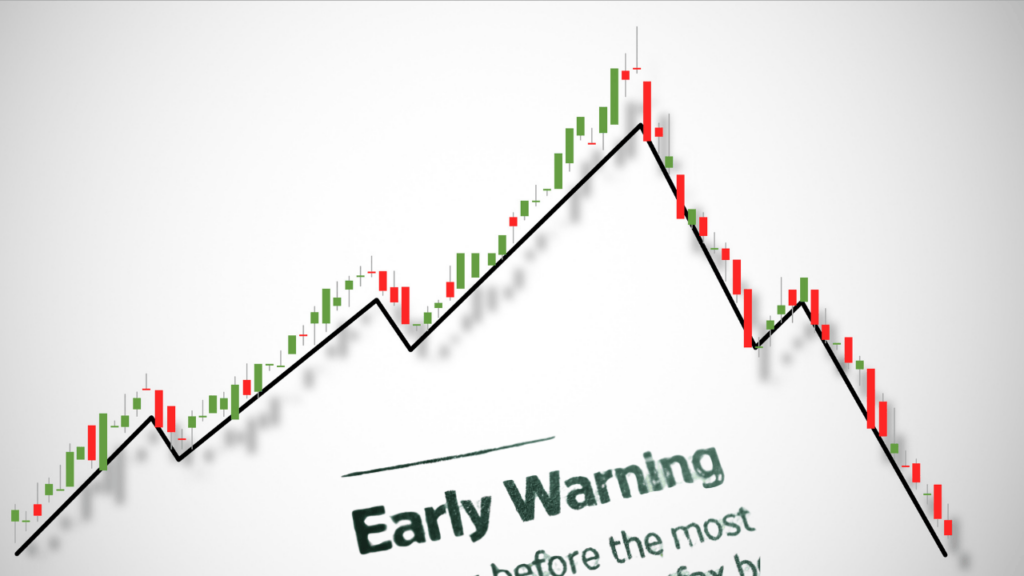
Overvaluation Metrics
One of the key red flags is when the price of an asset far exceeds its true value. Analysts often look at ratios such as the price-to-earnings (PE) ratio. When a company’s PE ratio is significantly higher than historical averages or industry standards, it might be a sign that its stock is overvalued. Another useful measure is the Cyclically Adjusted PE ratio, also known as the CAPE ratio. This adjusted ratio takes inflation into account and provides a longer-term view of how expensive the market is compared to historical trends. A consistently high CAPE ratio over time suggests that the market might be overheating.
Unusual Price Movements
Rapid and steep price increases that are not supported by corresponding growth in profits or revenues can also indicate bubble conditions. When asset prices climb primarily because investors are betting on quick profits, rather than because the companies or assets have improved fundamentals, caution is warranted. Often, the surge in prices is driven by short-term gains, which can lead to unrealistic expectations about future growth. Such unsustainable increases are common in the early stages of a bubble and can serve as a warning that the market is becoming overly speculative.
Technical Indicators
Another approach to spotting a bubble is by looking at technical indicators. Chart analysis, which involves studying past price movements and trading volumes, can help investors understand market behaviour. A consistent upward trend in prices combined with increasing trading volume is a typical sign of strong momentum. However, if this upward trend is maintained by only a few stocks or is accompanied by high volatility, it might indicate that the market’s strength is more illusion than reality. Additionally, if there is a sudden reversal, such as a steep drop in price accompanied by a spike in trading activity, it can be a signal that the bubble is starting to deflate.
Divergence in Market Breadth
Market breadth indicators measure how many stocks in a given market are moving in the same direction. If an index shows strong gains while only a small number of stocks are contributing to that rise, it may suggest that the rally is not supported by the wider market. This divergence, where a rising market index is paired with a declining number of advancing stocks, can be an early sign that the market is overextended and vulnerable to a sharp correction.
How to Safeguard your Investments
While it is nearly impossible to completely avoid market bubbles, there are practical steps that you can take to reduce your risk. A cautious and disciplined investment strategy is key to weathering the inevitable ups and downs of the market.
Focus on Fundamental Strength
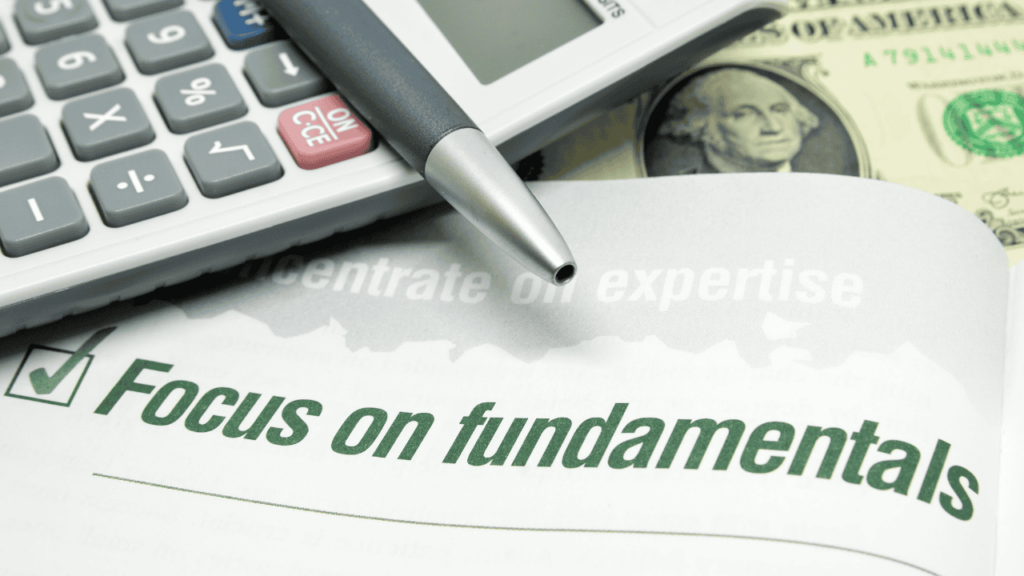
Invest in companies or assets that have solid, proven financial records. Look for businesses with steady earnings, manageable debt, and a sustainable growth plan. By concentrating on investments with strong fundamentals, you lessen the risk of buying into a bubble that is built on unrealistic expectations. This method, often referred to as value investing, involves looking for stocks that are trading below what they are truly worth. By buying assets at a fair price, you can avoid the pitfalls of overpriced, speculative investments.
Diversify your Portfolio
One of the most effective ways to protect your investments is diversification. Instead of placing all your money in one type of asset or sector, spread your investments across different asset classes, such as stocks, bonds, and real estate. This strategy not only minimizes risk but also helps cushion the impact of a bubble bursting in any one particular area. A well-diversified portfolio can reduce the chances that a sudden market downturn will wipe out your savings.
Maintain a Long-Term view
It is tempting to chase after quick profits when market prices are soaring, but such short-term thinking can be dangerous. A long-term perspective helps you focus on the intrinsic value of your investments rather than the hype of rapid price increases. By sticking to a long-term strategy, you are less likely to get swept up in the excitement of a bubble and more likely to make decisions based on careful research and analysis.
Avoid Emotional Decisions
Emotions often play a big role in investment decisions, especially during periods of rapid price changes. When markets are volatile, it can be easy to give in to panic or euphoria. The key is to stick to a well-thought-out investment plan and resist the urge to make impulsive decisions based on fear or greed. Setting clear goals, understanding your risk tolerance, and using disciplined investment techniques can help you navigate through turbulent times without falling victim to the pressures of a market bubble.
Use a Combination of Analysis Tools
To further improve your ability to spot bubbles, it is beneficial to combine different analytical approaches. Rely on both fundamental metrics, like PE ratios and earnings reports, and technical analysis tools such as price charts, trading volume data, and market breadth indicators. This dual approach provides a more complete picture of market conditions and can alert you to potential problems before they become widespread.
Final Thoughts
Market bubbles have been a recurring phenomenon throughout history, leaving behind lessons that are as relevant today as they were in the past. Remember that markets are driven by both data and human behaviour. When speculative fever takes hold, emotions can override rational analysis, leading to extreme highs and sudden lows.
A disciplined approach and careful monitoring of market signals can help you avoid the pitfalls of an overheated market. Every investor faces the challenge of distinguishing between genuine growth opportunities and fleeting hype. As you build your investment strategy, consider the historical examples and lessons discussed here in this blogpost. Whether you are a seasoned investor or just starting out, the ability to identify and react wisely to market bubbles is an essential skill. The key is to remain calm, keep a clear focus on long-term goals, and trust in a strategy built on careful research rather than market rumours.
As you continue on your investment journey, keep these lessons in mind: be cautious when prices rise too quickly, ensure that your investment choices are supported by sound financial evidence, and always be prepared for a market correction. By doing so, you will be better equipped to manage risk and make decisions that stand the test of time.
You may check out my other article discussing whether concerns about a stock market crash are necessary or if the focus should be on long-term gains.
Do Follow me on Linkedin and Quora for more such insightful posts on personal finance, money management, investments, retirement, etc.
